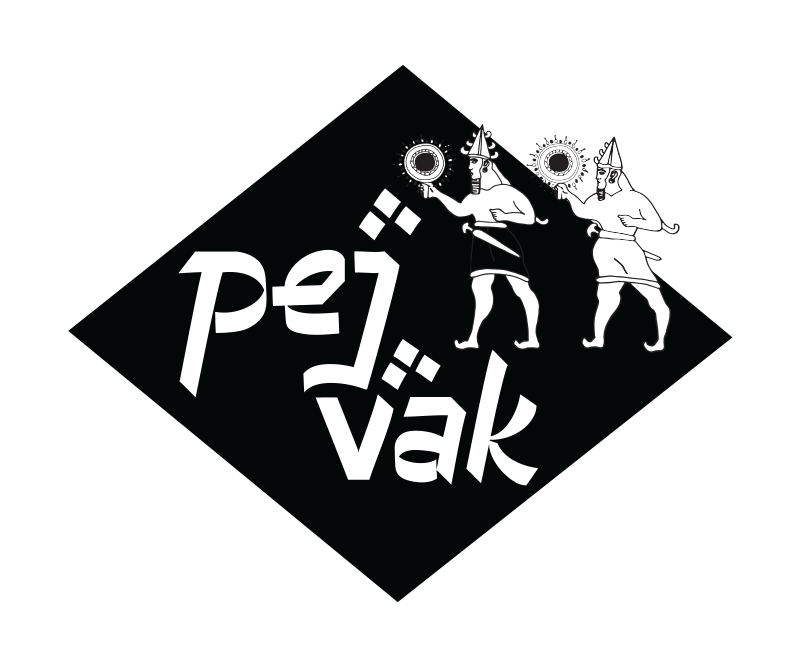Order and Progress: Unburden
La Fabrique Culturelle des Anciens Abattoirs
Casablanca, Morocco
As Part of Boxes, Zones and Quarters Residency
July 11, 2014
Order and Progress is a two-part performance and installation project, which critiques the complex and ongoing tension between discourses of progress and colonialization. The second half of the project, Unburden, was an interactive installation project that involved the transformation of a site of slaughter into a site for cleansing and discussion. Through the appropriation of imagery and methodologies from historical and ongoing notions of hygiene and sanitation, a space was created for the critical discussion of these notions and their relationship to performing power.
The project took place at La Fabrique Culturelle des Anciens Abattoirs a French colonial-era slaughterhouse constructed in 1922 by Parisian architects Albert Greslin and Georges-Ernest Desmarest which has been transformed since it’s closure in 2000 into an important site of counter-culture in Morocco and one of the only venues of resistance culture. The slaughterhouse was constructed as part of the French ‘modernization’ project to establish French standards of hygiene and building construction on a growing Casablanca population. The location of Les Abattoirs is adjacent to neighbourhoods such as Carrière Centrale, which was a focal points of resistance against the French colonial government and the police station in Derb Moulay Cherif, notorious as the site of extensive torture of leftist activists under the rule of Hassan II.
Unburden took place in the one room in Les Abattoir which was designated for the slaughter of pigs and has since 2000 remained derelict. The room was cleaned and turned into a Hammam/spa equipped with: a decorative fountain, a basin filled with water and sand from the Sahara, public towels, videos displaying a water fountain installed on a dune in the Sahara, and three major staples of Morocco’s diet and exports; salt, oranges, and olives. In the centre of the room was a large vinyl banner that advertised Pears soap, visually separating bathers from the entrance view of the space.
Visitors at the Hamam
Visitors were invited to scrap the dead skin from their feet with salt, eat oranges and olives and discuss how notions of cleansing and whiteness have historical roots in colonialism in Morocco and its lingering effects on the contemporary society. Discussions initially centred on Pears’ use of ‘White Man’s Burden’ rhetoric and imagery in their ad campaigns at the turn of the century and its ideological linkages to notions of cleansing.
Bathers
After several hours of discussion and indulgence in the oranges and olives people threw aside the vinyl banner of the Pears soap which was visually dividing the discussion space from the group of people watching from the entrance. After this image of colonialism was cast aside people began diving into the pool, slashing and throwing oranges, the clear waters of the basin mixed with the sand and became muddy, the floor was checkered with shoe prints and orange peels and olives were strewn about. When the night was finished the remaining oranges and olives which given to the guardians of Les Abittoir and visitors were invited to take the towels and anything else they wished to take from the installation.
The Day After
The Day After
The Site Before Transformation.
When the project began the room was completely derelict, strewn with donkey feces, a desiccated dog and a recently killed cat and the ceilings were shedding large sections of concrete. After a lengthy process of removing rubble and the various accumulations the space was washed and freshly painted, the floors white (to mark the movements of visitors) and the basin indigo blue (to reference the dye central to the traditional cloths of Sahrawi and Berber peoples).
Pears' Soap Ad 1890's
Made with the generous support of:


















